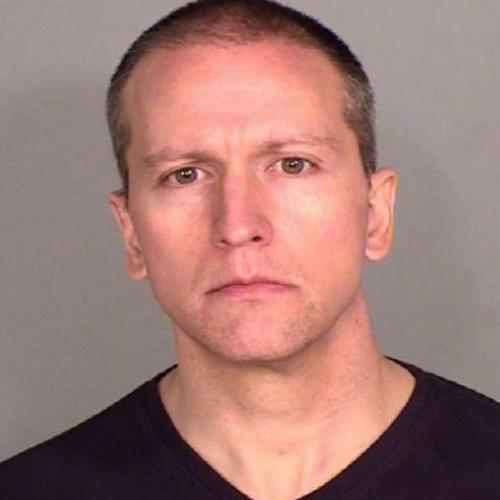The Brady List, as a concept and practice, evolved from the landmark Supreme Court case Brady v. Maryland in 1963. In this case, the defendant, John Brady, was convicted of murder, and the prosecution withheld evidence that could have potentially helped his defense. The Supreme Court ruled that the prosecution's failure to disclose exculpatory evidence violated Brady's constitutional rights.
Following the Brady decision, the responsibility for implementing and maintaining the Brady List falls primarily on the prosecutors' offices and the courts. The list is compiled and maintained by individual prosecutors' offices, which are responsible for identifying and documenting law enforcement officers and other witnesses who have a history of credibility issues or who have engaged in misconduct.
The origin and development of the Brady List can be attributed to various actors within the criminal justice system, including prosecutors, defense attorneys, judges, and legal scholars. Over time, legal precedent and ethical guidelines have emerged to guide the disclosure of exculpatory evidence, with the Brady List serving as a mechanism to track individuals whose credibility or past conduct may be relevant to the defense.
In recent years, there have been efforts to enhance the effectiveness and transparency of the Brady List. Some jurisdictions have established independent review boards or units to evaluate and monitor the credibility of law enforcement officers. These initiatives aim to ensure that the list is comprehensive and up-to-date, and that appropriate action is taken when an officer's credibility is called into question.
Additionally, advocacy organizations, such as the Innocence Project and other criminal justice reform groups, have worked to raise awareness about the importance of the Brady List and to push for stronger accountability measures. They have called for greater transparency in the disclosure process, stricter enforcement of Brady obligations, and reforms to address systemic issues related to the withholding of exculpatory evidence.
The evolution and current efforts surrounding the Brady List reflect ongoing discussions and debates about the balance between prosecutorial discretion, defendants' rights, and the pursuit of justice. These efforts are aimed at ensuring that the Brady List remains an effective tool in promoting fairness, transparency, and accountability within the criminal justice system.












![Peace Officer Standards & Training [POST] Departments Peace Officer Standards & Training [POST] Departments](/sites/default/files/styles/large/public/2023-07/Brady.png?itok=xsIFvU8R)
![Organizations [Law Enforcement et al.] Organizations [Law Enforcement et al.]](/sites/default/files/styles/large/public/2023-07/Brady%20%282%29.png?itok=H7Pj15F8)

